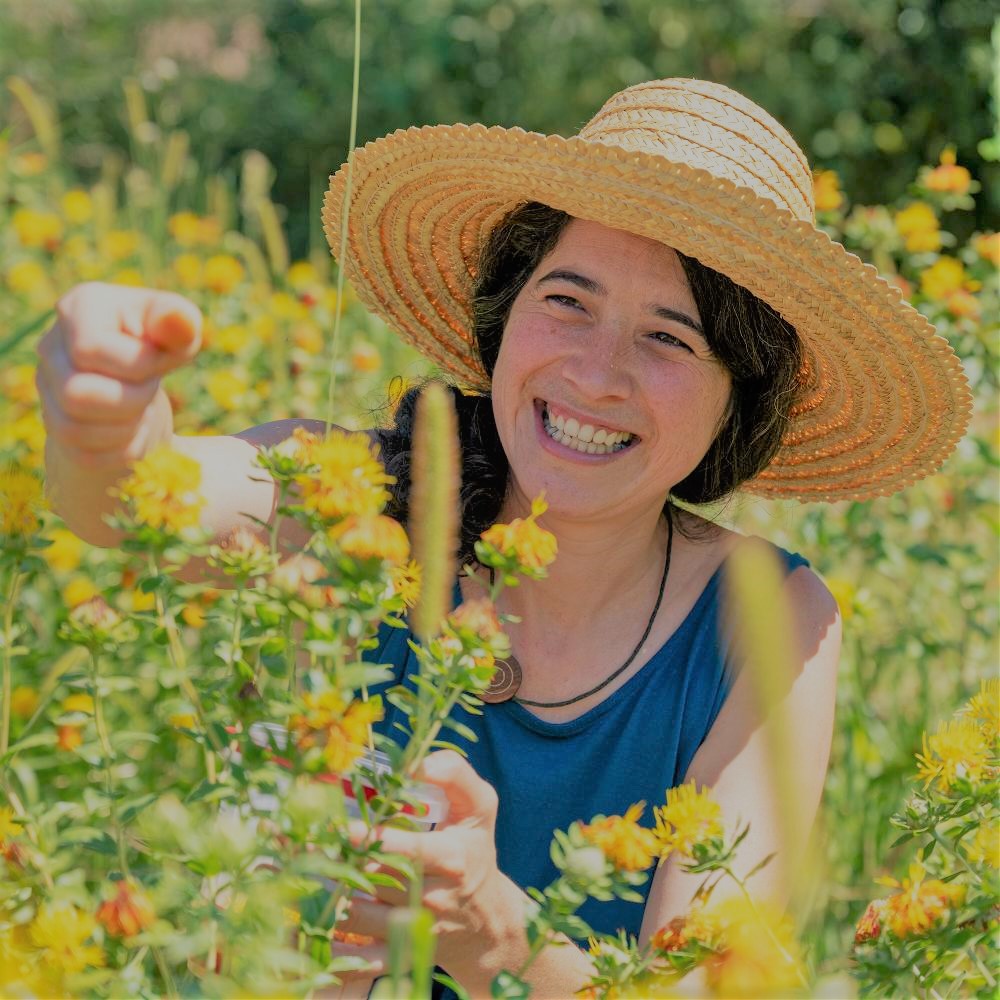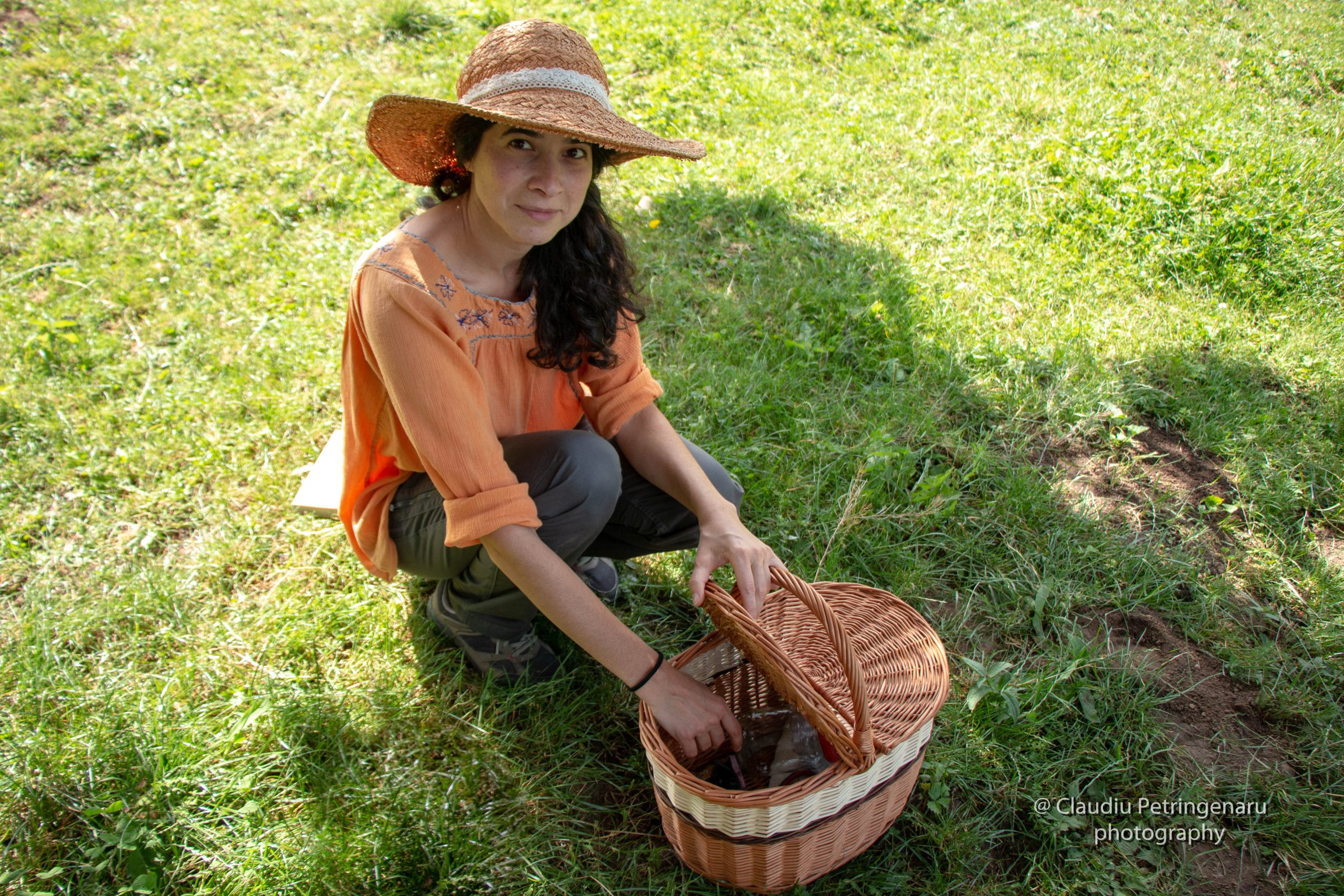Wild fruits for picking in the autumn
Exotic plants or native plants?
While exotic plants may seem very attractive to most people, we believe that nature has endowed us with enough valuable natural resources in Romania. And, if we have access to quality ingredients with extraordinary therapeutic effects just around the corner, why would we travel around the world to obtain them?
Moreover, one of the assumed missions at Hodaia is to acquaint people with as many native aromatic and medicinal plants as possible. For this purpose, we have created the Herbalist’s Workshop or the pantry of natural ingredients – the place where all the ingredients carefully chosen by us are found and harmoniously combined to result in elixirs and magical potions, 100% natural, under the Hodaia brand. You can now easily learn about the over 30 regional plants with therapeutic effects that we use in creating Hodaia products, right here!
Furthermore, at the request of some of our clients, we have started to welcome them to the Hodaia household to show them the plants firsthand, teach them how to harvest them, and how to use them correctly. We receive students from abroad with whom we organize excursions and hold courses on botany, medicinal plants, and ecology. In addition to all of these, Hodaia organizes or accepts invitations to participate in cosmetic workshops, where participants are taught to make their own body care products.
It is worth noting that each of the plants and ingredients we include in the creation of Hodaia products has multiple benefits for human health. The choice is made based on the exceptional therapeutic effects on the skin and hair of all types. And Hodaia products are so natural that they can even be… eaten, thus putting into practice the saying ‘do not put on your skin something you cannot eat!
Wild fruits for picking in the autumn


One of the principles we apply at Hodaia is ‘you do good to nature when you do not harm it,’ so we gather from nature only in areas where those plants are abundant. We venture into finding them far from cities or crowded roads, in cleaner and less polluted places. To gather plants means hours or sometimes days of walking with a backpack on your back, a basket in your hand, and searching.
In the months of October and November, we venture into the wild nature to harvest small but highly impactful colorful fruits for our health, including dogwood, hawthorn, cornelian cherry, and the well-known rose hips. Autumn-winter berries delight us visually with colors ranging from intense red to ink-like blue. Besides beautifully decorating the autumn and winter landscapes, these berries also attract and nourish wild birds. They nourish, revitalize, and strengthen us, humans, as well, if we know how to harvest and consume them correctly.
Dogwood
This plant is particularly beautiful and easily recognizable by its long, red fruits, about 2 cm in size. The dogwood berries have a sweet-astringent taste and numerous therapeutic virtues, especially when used as they are, in a fresh state. However, they can also be prepared in the form of jams, syrups, compotes, or even wine, and as phyto-pharmaceutical preparations in the form of decoctions or tinctures
But dogwood fruits can also be dried for use throughout the cold season. The main conditions for which dogwood fruits are recommended are those related to the digestive system: gastritis, gastric ulcer, dyspepsia, esophagitis, diverticulosis, regurgitation, colic, bloating, flatulence, diarrhea, and digestive bleeding. Dogwood berries contain a high amount of vitamin C, making them a powerful antioxidant that strengthens the immune system.
Hawthorn
Hawthorn is a native plant, also with small red fruits, which must be harvested before being touched by frost (in contrast to rosehips, for which the recommendation is exactly the opposite). The active principles of this plant have regenerative effects on the heart, being considered the best natural treatment for high blood pressure.
Hawthorn supports heart function, improves blood circulation, tones the walls of coronary vessels, and limits the harmful action of free radicals on the heart. Hawthorn berries are not consumed raw; they are primarily used for making jam. For tea or tinctures recommended for heart issues, the flower of the plant is used. Hawthorn is also effective in obesity, anemia, low immunity, anxiety, and exhaustion. Its content of vitamin C and antioxidant role should not be overlooked.
Cornelian cherry
The cornelian cherry tree looks spectacular, especially when it colors the immaculate landscape of snow. Impossible to miss due to its round, dark blue fruits, similar to blueberries, the cornelian cherry is as versatile in use as rose hips. Cornelian cherry fruits have a rich content of vitamin C and numerous flavonoids, recommending it for cancer prevention and vascular regeneration, as well as for improving metabolism, with a diuretic effect.
Rosehip
Rosehip is well-known as a medicinal plant, found in all regions of the country and in every household. The fruits are small, slightly elongated, with a shiny red color and an absolutely delicious taste. Due to the high percentage of vitamins A, B1, B2, K, and C, rosehips have always been considered true guardians of the immune system. They also contain citric acid, malic acid, flavonoids, beta-carotene, sugars, lecithin, pectin, tannins, volatile fatty oil, lecithin, and minerals (calcium, iron, magnesium, phosphorus, potassium, selenium, and zinc) – active substances that help in the formation of antibodies that can ward off infections and diseases.
Rosehips can be consumed in the form of tea, syrup, and… the famous rosehip jam, a staple on the shelves of Romanian pantries. Rosehip tea is recommended not only against colds but also against arthritis. They are used to stimulate appetite, combat fatigue, fix calcium in bones, accelerate the healing of inflammations, regulate intestinal transit, and more.
The Hodaia Ecosystem and How You Can Get Involved
In the Hodaia project, we are developing an ecosystem around rural space and the plants we love, where everyone can contribute in their own way. We enjoy sharing the knowledge accumulated over years of study and apply it in all our projects.
Establishing a botanical garden with medicinal plants found in Romania is one of our heartfelt projects, which we started working on as early as the summer of 2022.
A second non-profit project involves the establishment of a Museum of Pharmacy and Traditional Medicine, a ‘living’ museum, where the exhibits will be used in workshops and courses by Raluca Olaru, the founder of Hodaia.
These projects, however, consume a lot of energy, time, and money, so we come to you with a few options through which you can get involved with a simple message via email or Facebook:
- Volunteering: We need diligent hands to help in the garden, perhaps on a weekend spent in the countryside.
- Donations: If you have old medical or pharmacy items and would like to see them pulsating with life again in the living museum, we joyfully welcome your donations.
- Shopping from Hodaia’s pantry: With every product purchased, you help ensure that the restoration work on the barn where the museum will be located can continue.
- Any help from you, big or small, will be rewarded in the way we know best: we prepare teas and other delightful gifts for you to enjoy with your loved ones.


